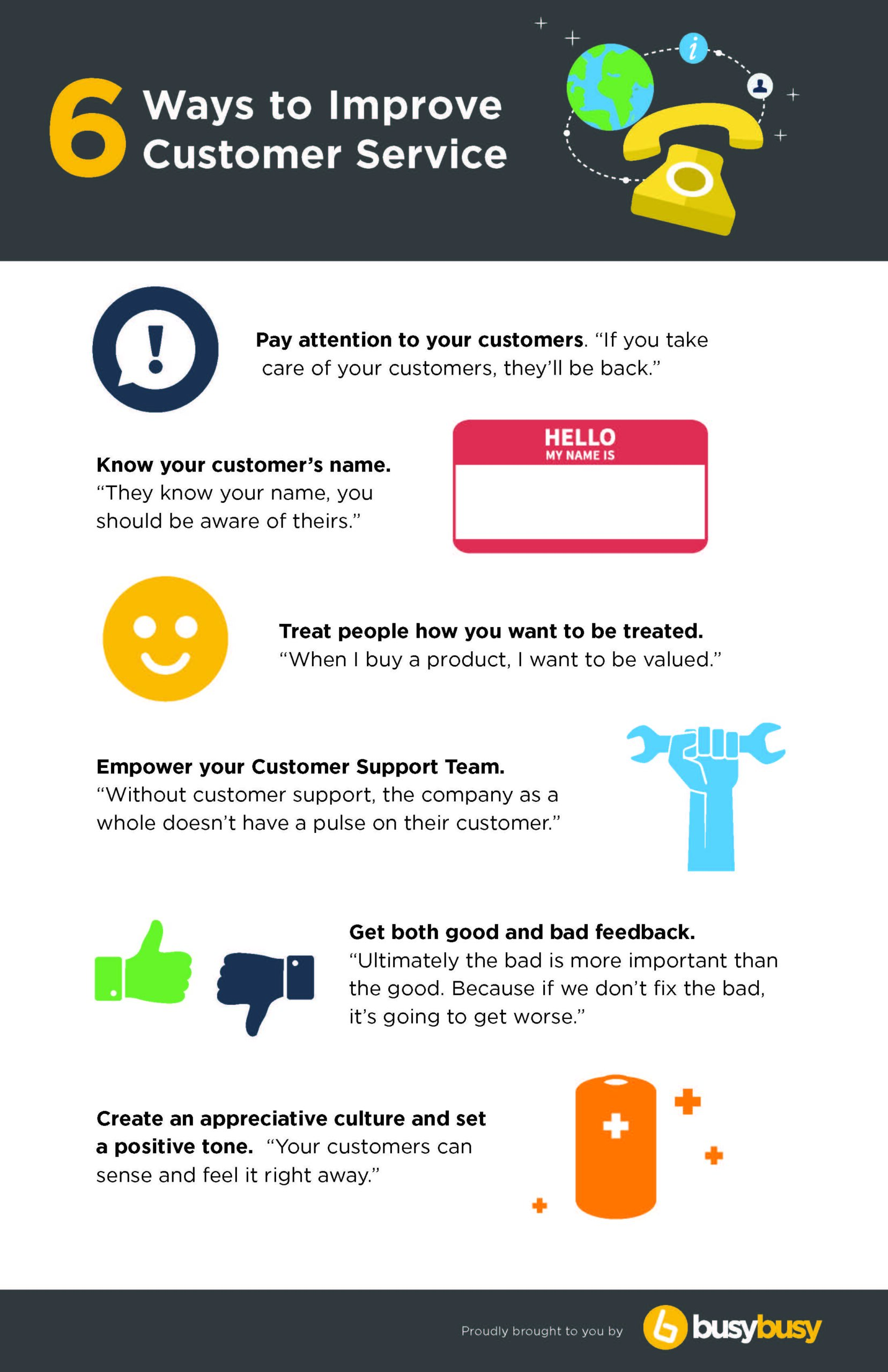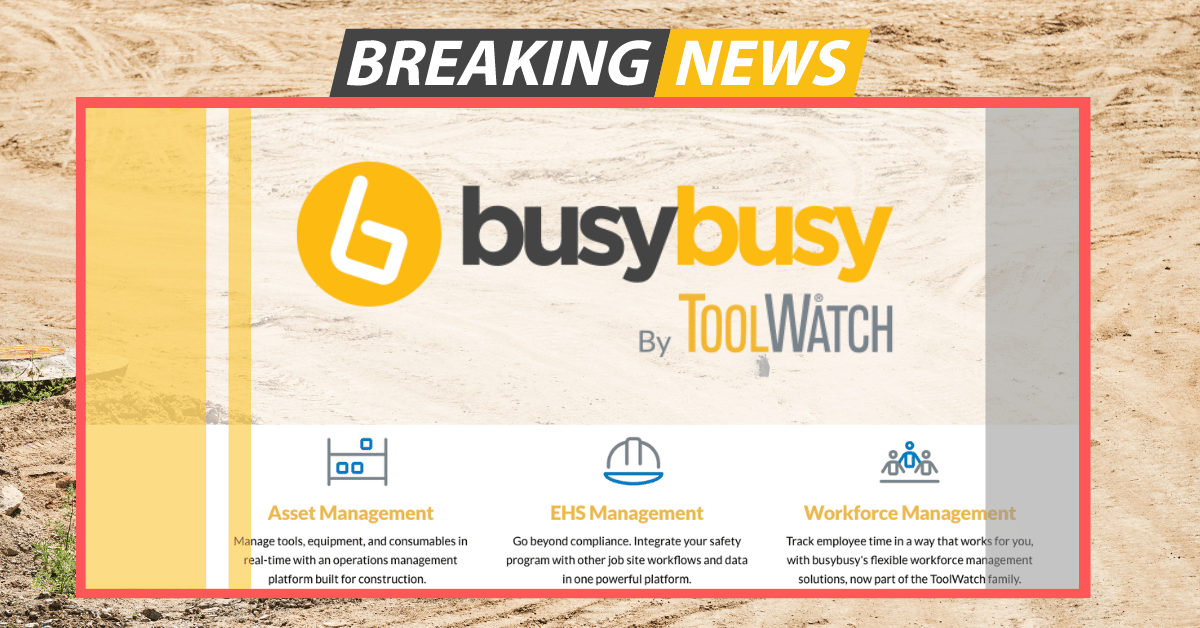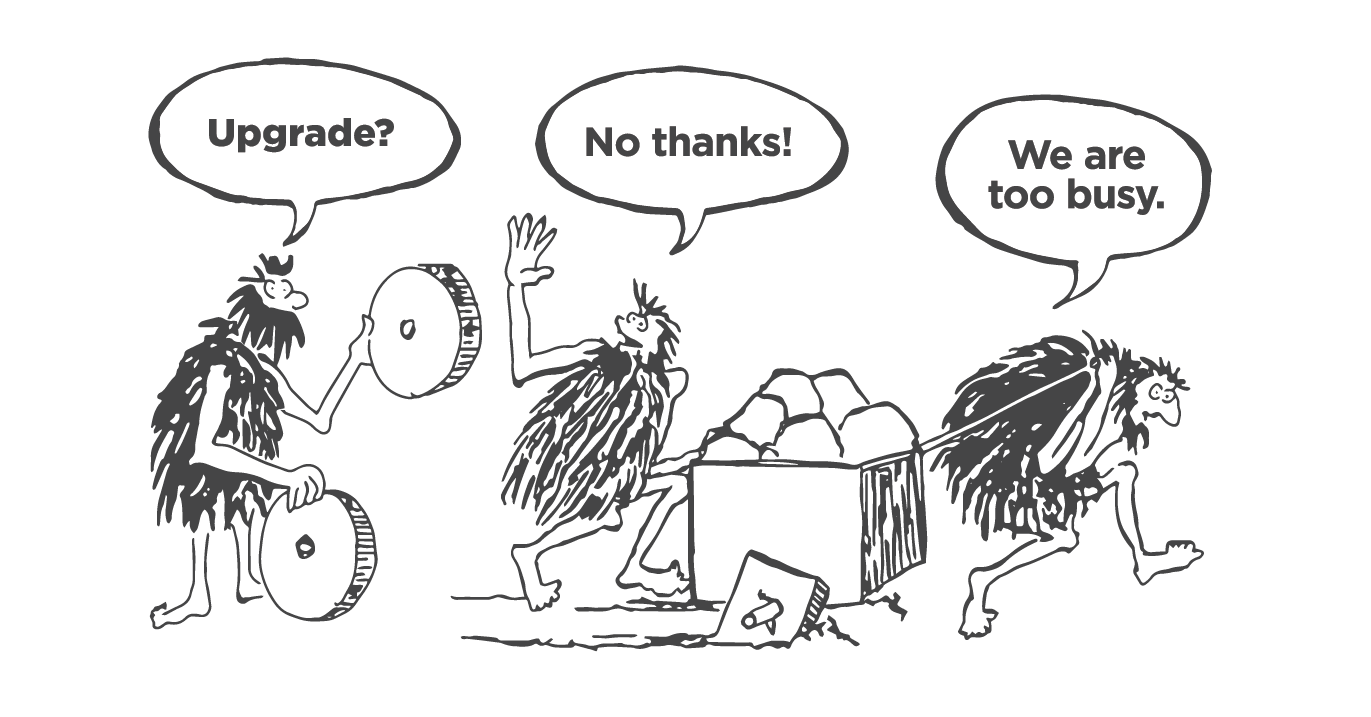
When you are starting a construction company (or a company in related trades such as landscaping, painting, excavation, etc.), it makes sense to focus on customer acquisition. You need new customers and projects to grow and survive. However, in the process of winning new customers and job bids, it’s also important to not forget to help existing customers. Your current customers can provide repeat business, but they are also your best source for feedback, and their voices are a contributing factor for gaining new business through referrals.
Many disregard the customer focus in the construction industry and do not consider customer support necessary. In fact, it is often an afterthought. The common definition of customer support is simply monitoring customer satisfaction. Too often organizations view support as a cost center, and the service is considered a liability. It is a better practice to value your customers as a resource and your organization’s support team as a source of revenue. The Customer Support Team is the pipeline for communicating with your customers and building your brand.
It can be a challenge to find individuals who are passionate and understand customer support. You need someone that can take the company’s vision and visualize it from the customer’s perspective. Ryan Jeffs is an entrepreneur and salesman at heart and is driven by assisting the client. Ryan currently manages the Customer Support Team here at busybusy. For those of you who don’t know us yet, we are an app development company that helps businesses manage their labor and projects through better time tracking. Ryan and his customer support team do not only keep customers happy, but they also represent the client’s voice within busybusy. They ensure that customer feedback translates into feature requests and improved functionality. The customer support team influences product development and helps evaluate the effectiveness of new features. I was lucky to interview Ryan and discuss what makes him a leader in customer support.
“Without support, the company as a whole doesn’t have a pulse on their customer. We are there to gather the feedback from our customers, and to respond accordingly.” (Jeffs, R., personal communication, June 17, 2016)
Ryan started with busybusy in the very early stages of the organization’s development as a sales manager. At the time, the sales department was also customer support. However, as the company grew it became necessary to create a dedicated team focused on customer service. Ryan is quick to emphasize that clients are the reason the company exists. Customer Service is essential to maintain positive customer relations to ensure retention for ongoing revenue.
“Isaac (Owner/President of busybusy) came and asked me to head up the customer support division, which I gladly accepted. I thought, well I [can] still interact with people, but now I get to know why they love us and why they hate us.” (Jeffs, R., personal communication, June 17, 2016)
In the early stages of establishing the customer support team, Ryan evaluated many tools to help busybusy™ communicate with clients. Most solutions used a ticket system and assigned a number to each customer.
“I looked at that, and every time I got a number, or a number got sent out to a customer, I’d think that customer is not a number. That customer is a person.” (Jeffs, R., personal communication, June 17, 2016)
“Here at busybusy, we have a philosophy that people are people, not numbers on a ticket. They should be treated as such. After all, they are the lifeline to our success” (Jeffs, R., personal communication, June 17, 2016)
At busybusy, we are lucky enough to have Ryan as a great example of good customer service in the construction industry.
Customer Centric Strategy
Most customer support teams use a very issue-centric support strategy. Customers are categorized by their issues, not as customers. This approach removes the ability for an organization to develop a relationship with the customer. The support team is primarily used to report incidents and take incoming calls. In an issue-centric organization, working in the support team can emotionally drain employees. The job is not viewed as “fun” or valuable. Turnover is often very high, and employees do not look at the support team as a long-term career.
When an organization promotes customer-centric support, the experience is more rewarding for the support team and the customer. If the organization views each issue as a customer, it establishes open channels of communication and allows the organization to develop a history with the customer. Customer-centric support allows the company to work with customers to effectively resolve issues. The result is a more positive resolution and ongoing relationship. This relationship improves customer retention and opens customer-driven marketing opportunities. The customer’s voice is now heard, and their feedback is used to improve the product. Customer-centric support allows the organization to earn authentic customer loyalty.
Ryan’s 6 Ways To Improve Customer Service:
- Treat people how you want to be treated. “When I buy a product, I want to be valued.”
- Pay attention to your customers. “If you take care of your customers, they’ll be back.”
- Know your customer’s name. “They know your name. You should be aware of theirs.”
- Get both good and bad feedback. “Ultimately the bad is more important than the good. Because if we don’t fix the bad, it’s going to get worse.”
- Empower your Customer Support Team. “Without customer support, the company as a whole doesn’t have a pulse on their customer.”
- Create an appreciative culture and set a positive tone. “Your customers can sense and feel it right away.”
Graphic: 6 Ways To Improve Customer Service:
Making your customers happy is not the only reason to have a strong customer service team. The relationship between customer and customer service is a valuable source for feedback and insight into the quality of your product. This two-way communication can, and should be, what pushes your product development processes. Investing in customer service will ultimately help you refine your vision and bring you closer to your customer.
“When a client asks us a question they can see us typing back immediately. They know our name, and ultimately we have a relationship with every single customer and their employees.” (Jeffs, R., personal communication, June 17, 2016)
Decreasing costs and overhead is a challenge for all businesses. Investing in customer service can be a challenge. However, improving the customer service you provide is one way to differentiate your company and your product and must be viewed as a valuable asset. A strong customer service team can have a positive impact on sales as well as on customer retention.
“To over-deliver in service to a customer is by far the most valuable thing to a business. Because there are only two ways to improve the operations of a business: increase sales or decrease costs.” Daymond, J. ( 2015, September 25).
Customer service is a vital component of any business- especially small businesses. The investment is minimal when compared to the advantages. If you give a little extra customer service effort, know your customer’s name, treat customers how you want to be treated, you will positively influence product quality and revenue.
If you would like more information about busybusy and their customer support team, click here.
References













